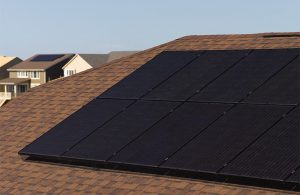How I Sorted His Dodgy $4,000 Electricity Bill
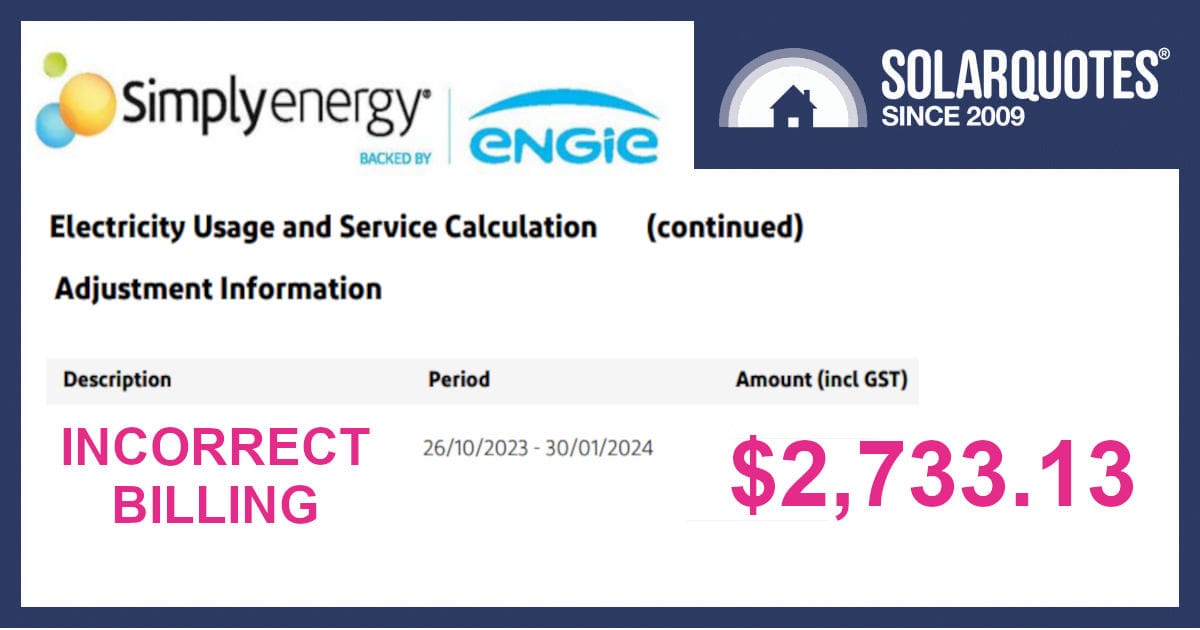
Just before Christmas, one of my best mates finished installing solar on his shed. Six weeks later his eagerly anticipated new electricity bill came.
He was mortified when he opened the envelope to reveal his bill had tripled; and was almost as surprised when I openly laughed at the nearly $4000 allegedly owing.
I knew instantly that, once again, our friends at Simply Energy had simply cocked up. Here’s how it happened.
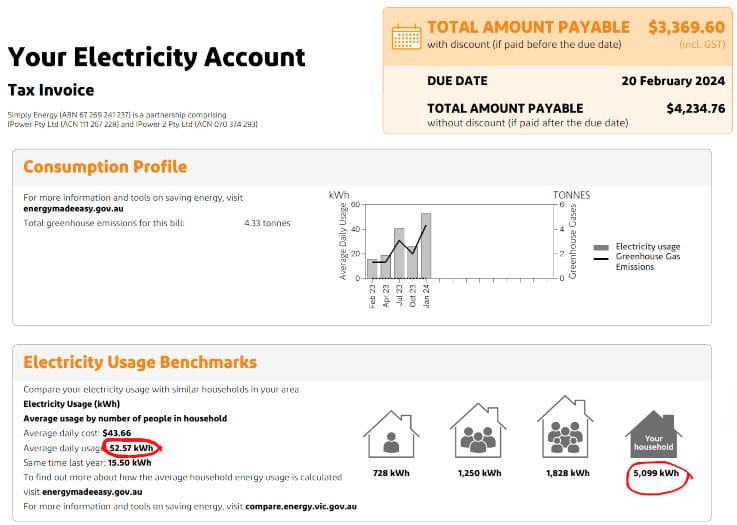
Added solar with a bonus of thousands of added kilowatt hours.
Inside Steve’s Solar Installation
This is the second solar panel system I’ve installed for Steve1. The first was some 14 years ago, but sadly he sold that house before making a good return on investment. (Unbelievably, his real estate listing didn’t even mention a $10,000 solar asset on the place — in those days, solar simply wasn’t on estate agents’ radars unless it was attached to a pool.)
This time, we planned for solar panels during the build. In order to qualify for a premium feed-in tariff, we trenched in a power supply and solar-configured electricity meter.
But of course, as with any Grand Design, there were delays, so the tariff evaporated and solar was kicked to the bottom of the priority list.
The Shed Goes Up
Steve’s new home is powered by a solar array on his glorious brand-new shed. It’s 40-foot square in the old money and a magnificent structure for installing solar.
Hours were spent on discussions and drawings, to decide what the perfect layout would look like. Instead of a huge slab of glass on one side, in the end, we settled on using both sides of the roof and having some service gaps allowing access between the arrays.
We used a SG15RT Sungrow inverter and 48 x 380W JA Solar Panels, for a total of 18.24kW. Soon, we had enough solar yield to power the air conditioning in the house up the hill.
There’s currently no landline for internet sadly, mobile reception is dodgy at Steve’s, so there’s plans afoot for a whizz-bang aerial and dedicated 4G router to make the Sungrow consumption monitoring work.

This was a brilliant way to erect a shed.
Not-So-Smart Metering
Before retailers got involved, SA Power Networks used to install dumb digital meters. This one has been clocking up consumption for many years, but it’s been programmed for solar from the outset, and so it’s had to wait patiently to measure any exports to its 009 register.
There’s no separate element or clock for controlled load, just two manually-read numbers from one 3 phase utility meter. It’s so simple you would think nobody could get it wrong. Unfortunately, you would be incorrect.
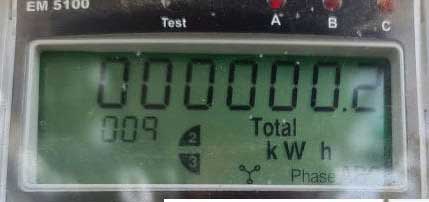
The very first few minutes of yield show one-fifth of a kilowatt hour.
Simply Energy Gets It Wrong
Here’s what happened. Simply Energy billed for consumption as usual, then added the export figures, and billed for that too.
The headline figure was 5099kWh, minus 1259kWh of actual billable supply, it means means Steve was billed wrongly for 3,840 additional kilowatt hours, or 309% of average consumption.
These basic type meters use a block pricing model, and Steve had, of course, broken through the 970kWh/qtr threshold, so to add insult to injury he was charged an additional $0.09/kWh on everything above that. $371 added on the bill just for kicks.
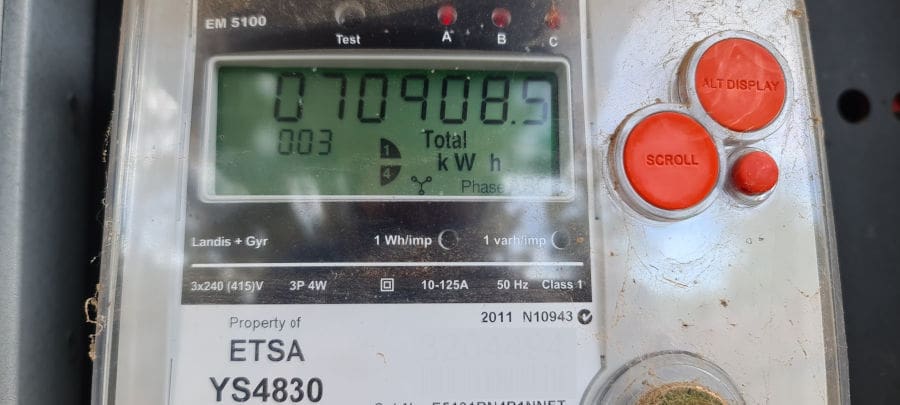
The only other reading on the meter is register 003.
Inflexible Support Processes
I have played these games before, so I asked Steve to have me authorised to speak to Simply Energy on his behalf. This is a pretty standard process, but again it became a problem in this particular case.
Without being in the same room and speaking on the same phone call, the support team simply wouldn’t have it.
Simplifying The Details
Simply Energy’s privacy policy meant the representative on the phone wouldn’t confirm any details to me. However, they had already pulled up the details of the bill in question and could see in front of them what I was speaking about.
I simply put it to them that:
- There was obviously an error in their billing;
- That I had identified the error;
- That they could see the error for themselves;
- And they’d better go about fixing that error before an ombudsman gets involved.
The message got through eventually.
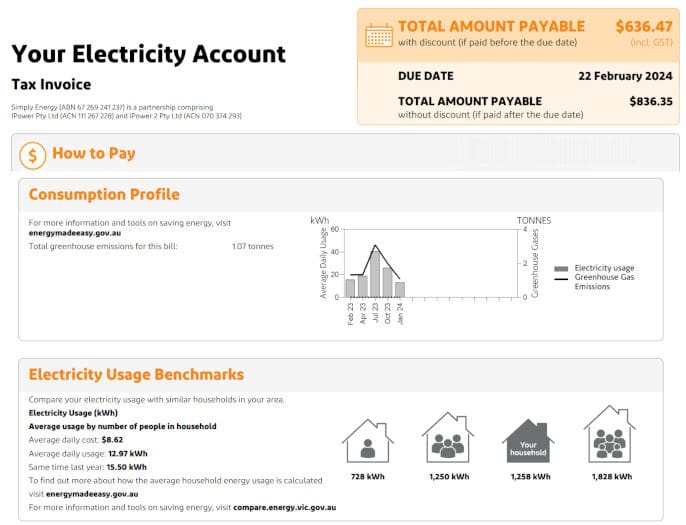
This is a much better-looking bill considering there were only six weeks of solar involved.
It Was A Simple Fix, This Time
In this case, the problem was clear cut and it wasn’t too hard to get things back on track.
However, it’s disappointing that whenever these errors happen, they invariably favour the retailer.
If the customer in question was elderly, spoke English as a second language, or just didn’t have the knowledge that I do as to how the system works, I suspect they would be vulnerable to these errors, to the tune of thousands of dollars.
Next time, I’m going to try to untangle another months-long saga, this time involving AGL. Stay tuned.
Footnotes
- Not his real name. ↩


